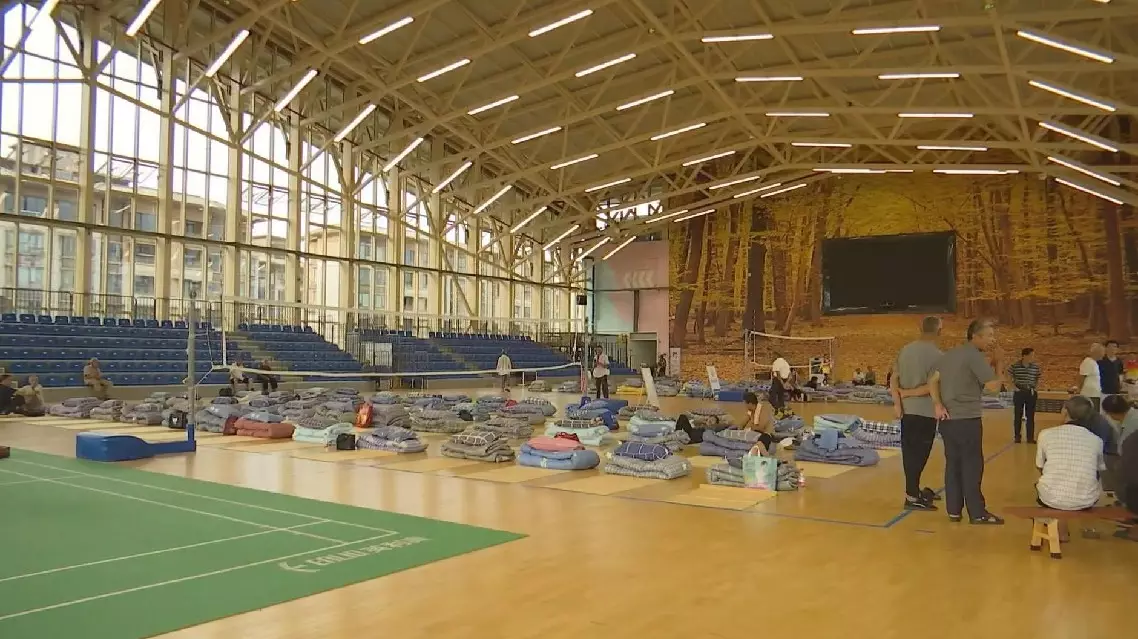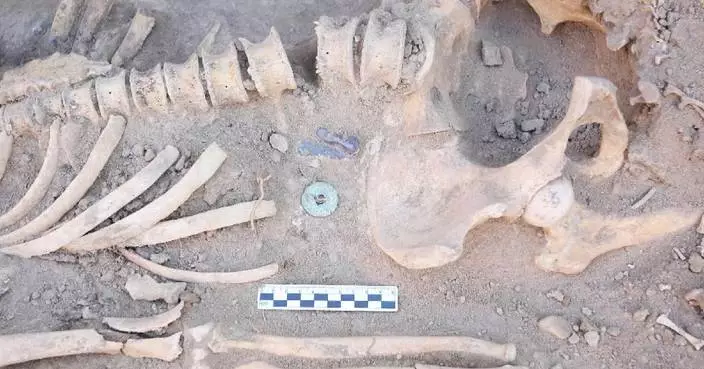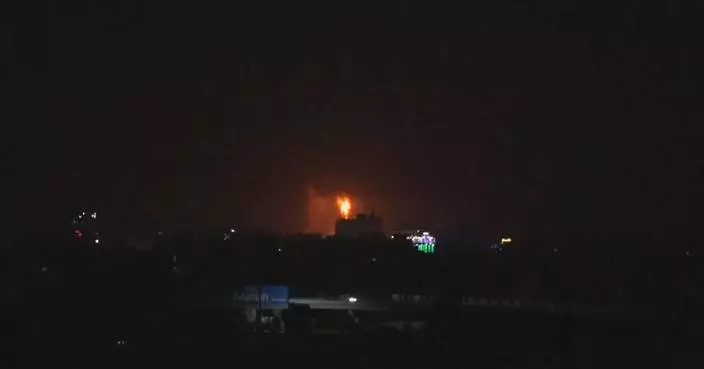Scenic spots were shut, crops were harvested and residents were evacuated to temporary shelters on Sunday in east China's Zhejiang Province, as the East China Sea coastal province took proactive steps to safeguard local residential communities before the arrival of Typhoon Bebica.
Typhoon Bebinca, the 13th this year, made landfall near the Chinese financial hub of Shanghai on Monday morning.
Before its landfall, the scenic spot of Haitian Yizhou (which literally means "Ocean-Heaven Shoal"), nestled on the Hangzhou Bay Cross-Sea Bridge, was abruptly closed on Sunday morning.
Unwary travelers who ventured there were promptly advised to depart, with local authorities also temporarily blocking access roads.
In Huzhou, a city of Zhejiang, gusts whipped up waves as high as two meters along the south bank of Lake Taihu on Sunday afternoon, prompting the closure of the scenic area and the safe evacuation of visitors.
Similar protective measures were enacted in Wenzhou, where a beach was closed.
To protect mature farm crops from the onslaught of Bebica, efforts have been made throughout Zhejiang to harvest those that are ripe for picking. In the city of Pinghu, farmers were seen toiling diligently to gather their ripe yields before the arrival of the typhoon.
Greenhouses across the region were reinforced to resist the battering winds and heavy rains, with meticulous drainage preparations underway to protect from waterlogging.
In Tongxiang City, farmers hastened the persimmon harvest to prevent fruit loss.
"For us, the top priority is to finish persimmons harvest before the typhoon arrives. Persimmons are heavy, and once the rain comes, they may easily fall onto the ground," said Yang Mengxian, a farmer.
The aquaculture community also sprang into action, accelerating the harvest of aquatic goods and fortifying their dwellings in key bases like Ninghai and Cixi.
As a precaution, the Zhejiang Provincial Department of Agriculture and Rural Affairs issued a directive to enhance coordination of cold storage facilities for storing freshly harvested fruits and vegetables, aiming to minimize the impact of the typhoon on agricultural production.
Temporary shelters have been put into use in Ningbo to house residents evacuated from vulnerable or dilapidated structures prone to geological disasters and flash floods.
As the Mid-autumn Festival draws near, a time for family reunions, evacuees were not only provided with essential supplies but also traditional mooncakes.
An indoor stadium of a local primary school, which has been repurposed as a temporary shelter for the first time, started to receive local residents evacuated.
"People keeps coming to this site, and locals prefers staying at this shelter when the typhoon hits. Once the rainstorm subsides, we will send them back home safe and sound," said Zhou Shanhua, manager of the temporary shelter.
To cope with Typhoon Bebica, Daishan County of Zhejiang's Zhoushan City has set up 14 temporary shelters.
The largest venue, situated within a local school, has already received over 1,500 evacuees transported from a nearby island, ensuring their safety and well-being.

East China's Zhejiang takes precautions against Typhoon Bebica

East China's Zhejiang takes precautions against Typhoon Bebica









